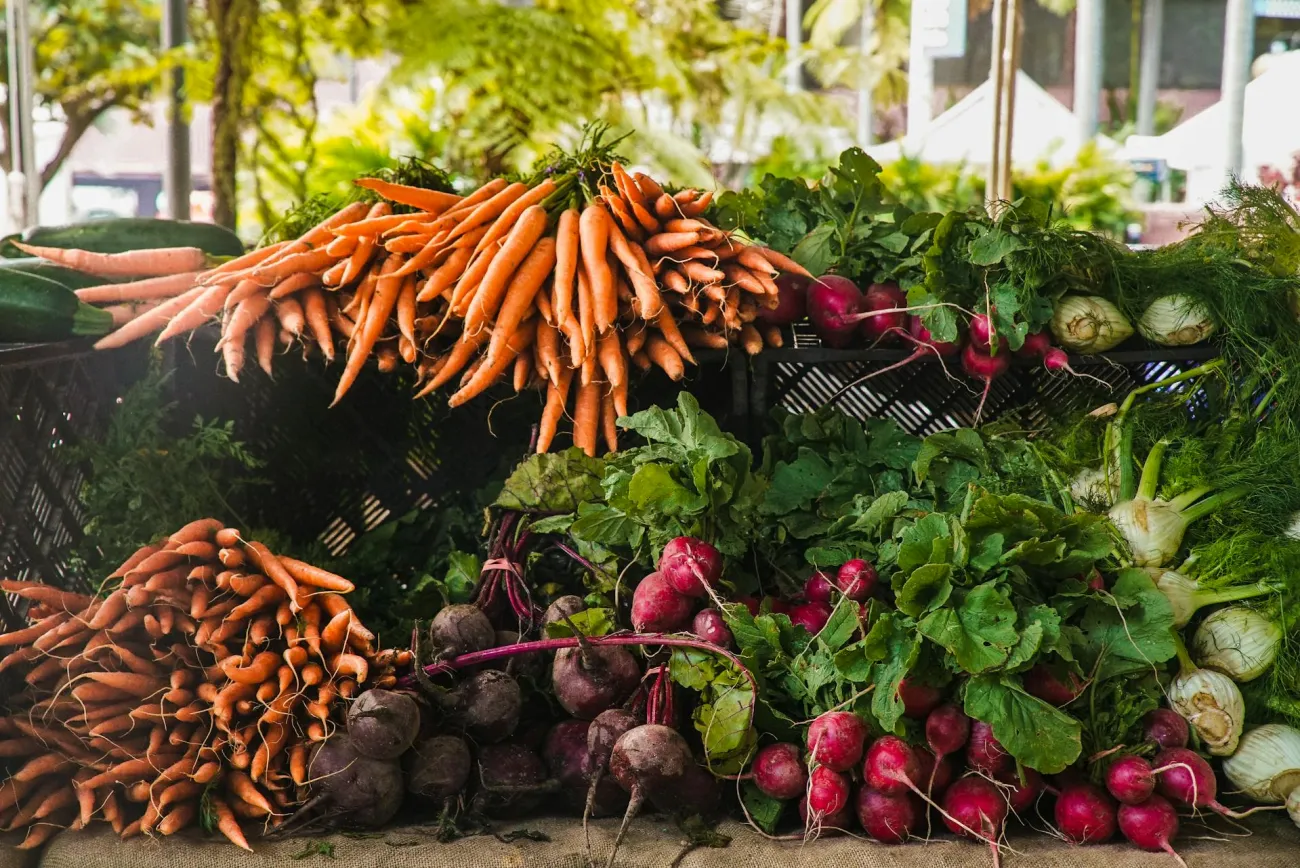This should get you out into the garden. If you don’t want to get your hands dirty, you can buy a half dozen chocolate coated ants or worms at Fortnum and Mason’s for a mere £7.
Abstract Background: Greenhouse gas (GHG) production, as a cause of climate change, is considered as one of the biggest problems society is currently facing. The livestock sector is one of the large contributors of anthropogenic GHG emissions. Also, large amounts of ammonia (NH3), leading to soil nitrification and acidification, are produced by livestock. Therefore other sources of animal protein, like edible insects, are currently being considered.
Methodology/Principal Findings: An experiment was conducted to quantify production of carbon dioxide (CO2) and average daily gain (ADG) as a measure of feed conversion efficiency, and to quantify the production of the greenhouse gases methane (CH4) and nitrous oxide (N2O) as well as NH3 by five insect species of which the first three are considered edible: Tenebrio molitor, Acheta domesticus, Locusta migratoria, Pachnoda marginata, and Blaptica dubia. Large differences were found among the species regarding their production of CO2 and GHGs. The insects in this study had a higher relative growth rate and emitted comparable or lower amounts of GHG than described in literature for pigs and much lower amounts of GHG than cattle. The same was true for CO2 production per kg of metabolic weight and per kg of mass gain. Furthermore, also the production of NH3 by insects was lower than for conventional livestock.
Conclusions/Significance: This study therefore indicates that insects could serve as a more environmentally friendly alternative for the production of animal protein with respect to GHG and NH3 emissions. The results of this study can be used as basic information to compare the production of insects with conventional livestock by means of a life cycle analysis. The paper is available here.
Ooonincx G A B, van Itterbeeck J, Heetkamp M J W, van den Brand H, van Loon J J A and van Huis A (2010). An Exploration on Greenhouse Gas and Ammonia Production by Insect Species Suitable for Animal or Human Consumption PLoS ONE Volume 5, Issue 12, e14445




Comments (0)